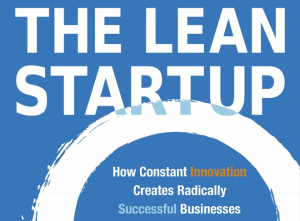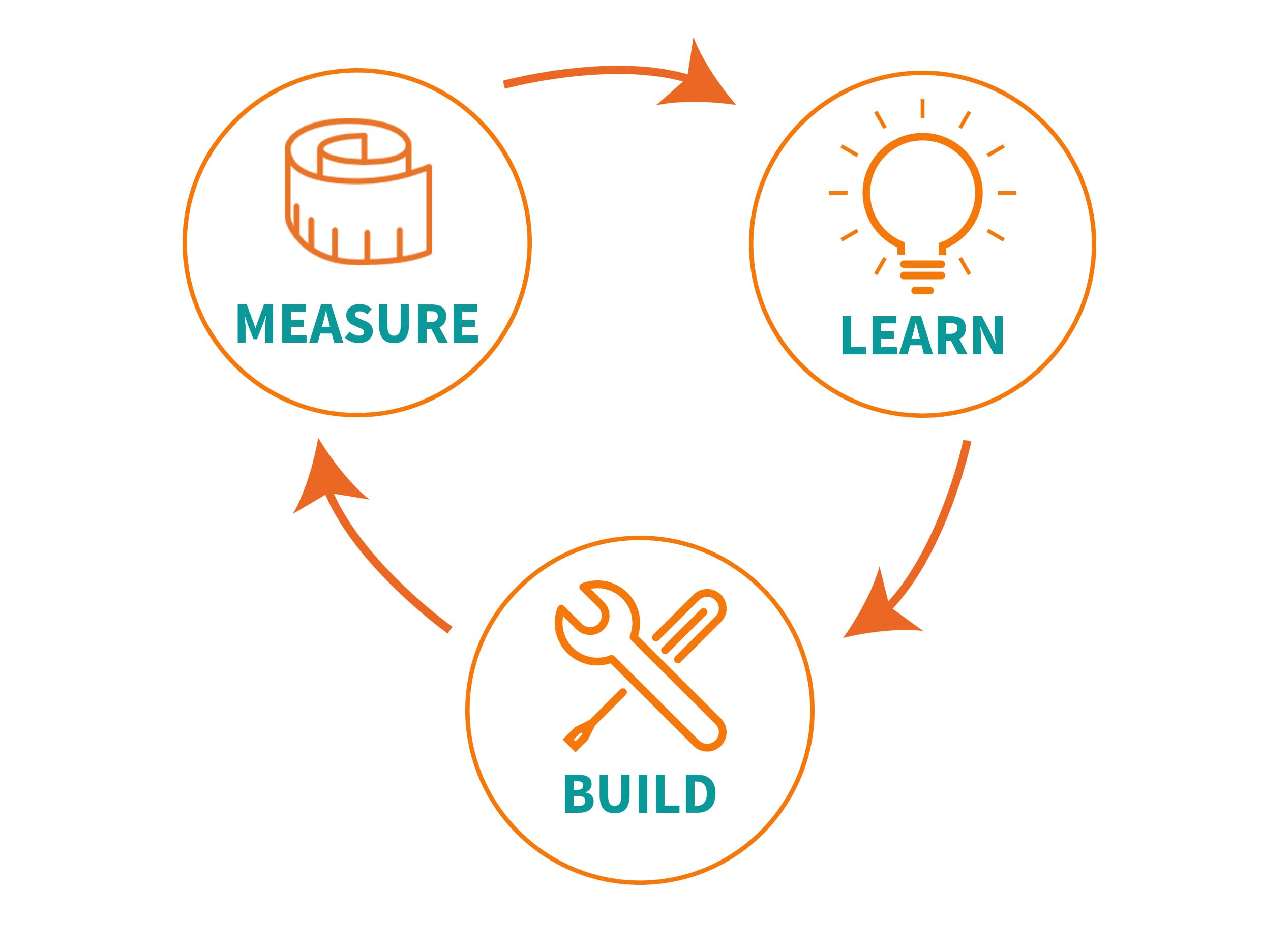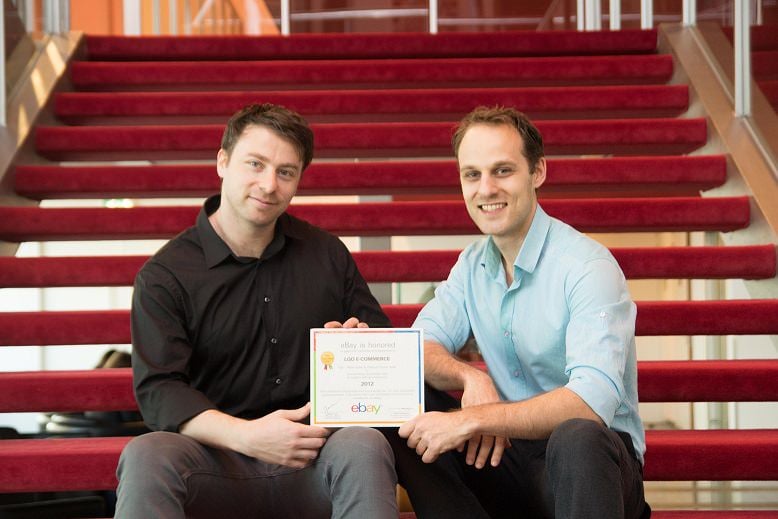Most small businesses have a (very good) excuse for their failure – “I don’t have enough money to build my business”, “My competition is bigger and has more resources”. But, if the bigger / richer always won – the world would have no innovation and no small businesses. In this post, I am going to talk about the Lean Startup methodology we used to take our eBay business from zero to $100k / month with nothing to begin with.
This blog is full of “validated leanings” and “data driven insights” from our journey as eBay sellers. I have recently realized that the weekly blog, although providing the CrazyLister community with great actionable eBay selling advice, has not actually been teaching you how to come to these discoveries and insights on your own.
In this new series, I’ll explain, in detail – how you can adopt the “Lean Startup” methodology to scientifically grow your business.
I’m going to give you a step-by-step guide to implementing the lean startup methodology to help your business grow without spending a fortune. In order to do so, I must first explain a bit about the lean startup methodology’s basics.
What is “Lean Startup”?
Lean startup is a method for developing businesses and products first proposed in 2008 by Eric Ries. Based on his previous experience working in several U.S. startups, Ries claims that startups can shorten their product development cycles by adopting a combination of business-hypothesis-driven experimentation, iterative product releases, and what he calls validated learning. Ries’ overall claim is that if startups invest their time into iteratively building products or services to meet the needs of early customers, they can reduce the market risks and sidestep the need for large amounts of initial project funding and expensive product launches and failures.

The lean startup approach
Put in my own words – Lean startup (or business) means investing the minimum needed to launch a business that provides value to customers, getting feedback from the early customers and gradually building the business based on actual insight and hard data.
This is opposed to the “old way” of building a business – investing a lot of resources into planning, buying stocks, designing your store, building a web-store etc. These would usually be based on invalidated assumptions and as the Americans would say – “assumption is the mother of all f*&k ups” 😉
Here are the key concepts of the “lean startup” methodology we used to take our eBay business from zero to $100k a month:
Minimum viable product (or business)
A minimum viable product (MVP) is the “version of a new product which allows a team to collect the maximum amount of validated learning about customers with the least effort”
The common mistake eBay sellers make at the start
So, you want to build an eBay business? Awesome! – welcome to a growing community of over 25 million businesses selling on eBay.
Think about what you’re going to offer to your cuystomers:
- Why would a potential customer choose to buy from you and your listing out of the 1.2 Billion (!!!) listings out there?
- What is your competitive advantage?
- What is the unique value you can bring to the potential customers?
- What is the segment of customers you want to target?
- What key design elements will cause your customers to click the holy “Buy it now” button?
You know that professional eBay listings increase sales, so you hire a $700 designer, assuming he knows how to design a professional, high-converting listing for you.
Several weeks later, you discover (to your great disappointment) that there was absolutely no effect on your sales. The only effect you felt was the overdraft in your bank account after paying $700 to the designer.
This is the most common scenario when building businesses based on assumptions!
The mistake here is assuming that pouring money on a business will give you an edge over the competition and ultimately increase your sales. Both you and the designer don’t have enough data to create a HIGH-CONVERTING listing design at this point! (note the high-converting versus beautiful – they are two different things!).
What would be the correct approach?
Start with an MVP (a minimal viable product, or a minimal viable business in this case).
You can use CrazyLister to create professional listings on your own (which is exactly what we built it for!) without spending a fortune on an outsource designer.
Once you have the listings up on eBay, the magic will happen – unless you’ve somehow miraculously built a perfect listing, customers will start asking you questions! These questions are the insights you need to improve your listing design and increase your sales.
For example –
If a customer asks “Is this Ray-Ban original?” – It means that your listing is not conveying the fact that your item is genuine in a convincing / apparent way! You should add an icon / text / image / video – whatever, to make this fact clear to the customers!
I’ve written about “customers’ insights” driven design, under “Listen to your customers”, in our eBay hacks post.
This way, you constantly improve your listing and, consequently, your sales – based on an iterative, data-driven process rather than assumptions.
This is called the “Build-measure-learn” cycle which I’ll discuss in detail next week:

build measure learn lean startup cycle
Here’s how you implement this method on your eBay listings:
- Build – create your basic eBay listing, without putting tons of money and time into it (as you will revise it later).
- Measure – Collect the customers’ reactions to it, measure how well it converts (number of sales divided by the number of views – that’s the conversion rate), ask your friends and family what they think about it.
- Learn – Based on the data and insights you collected, come up with new, data-driven assumptions, for example: “Many customers are asking if I have this GPS with a map of Australia so I should probably test adding a big image of a map of Australia to see if it stops the questions and increases my sales”.
- Go back to build – based on the insights, go back to the “build” phase and make the changes on your eBay listing, then measure their effect and learn from them, and again and again…
Going through this process for 6 months got us an eBay award for the highest conversion rates:

Max and Vic win eBay awards
P.S. We apply the “Lean Startup” methodology at CrazyLister as well – We actively ask for feedback from our users to help us understand what features we should build next.
We then implement the features and measure the users’ reactions. This way, we eliminate the guess work and ensure we constantly deliver features that actually solve the pains and needs of our users.
Your next step
The next step is to begin doing the build – measure – learn cycle on your listings and methodically increase your eBay sales.
This is an area most sellers overlook when it comes to promoting their eBay business, but they’re all missing out.
I will share all the tips for doing this the right way in part 2 of this guide (check it out here – “how to sell more on eBay”), coming up next week!
Happy selling!





